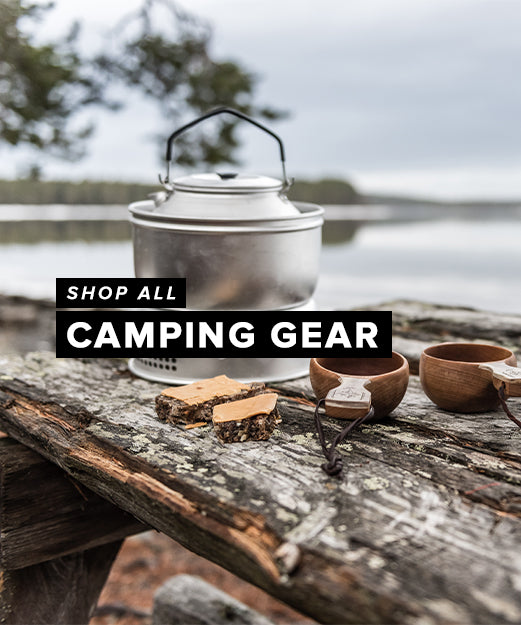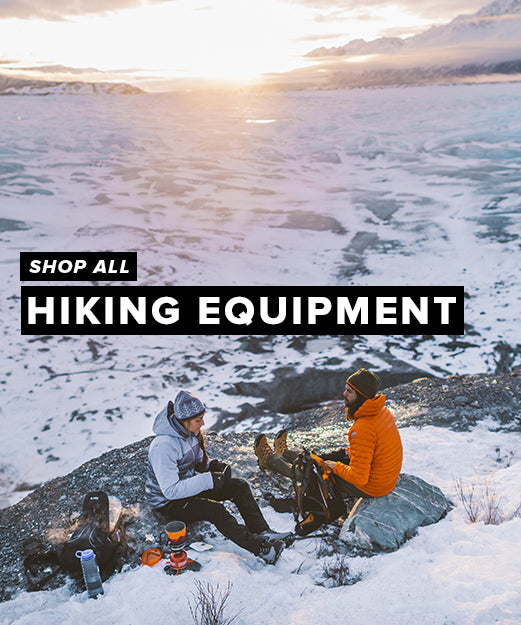 Summer is officially over and in the words of Game of Thones winter is coming, are you ready? If not, then carry on reading...
In this blog we're going to talk about general advice for winter walking as well as the key essentials you should take when hill walking.
Summer is officially over and in the words of Game of Thones winter is coming, are you ready? If not, then carry on reading...
In this blog we're going to talk about general advice for winter walking as well as the key essentials you should take when hill walking.
Tell People Where You're Going
The first bit of advice is well standard in the hiking world and it's something that we have covered time and time again in our blogs. You should always let people know where you're going. Whether you're walking your local trail, hitting the Welsh mountains or walking along the coast, you need to let people know where you are. This is very important when it comes to Autumn/Winter time because of the ever changing weather and the shorter days. The best thing to do is to drop someone a text with all the information about the trail you will be walking, leave a map at home with your route highlighted and also give a map or route card to another person for safe keeping. If you don't have any spare maps just write the route down in detail so if you do get lost it is easy to follow. Social media is also a great way of people keeping track of you so don't forget to post stuff on your Facebook, Twitter and Instagram.Check The Forecast
Checking the weather is a must all year round when it comes to hiking but you will need to look at the weather reports in greater detail when hiking in late autumn through to winter. Depending on where you're walking will determine which weather report you need to look at. Say you want to summit peaks in Scotland, the Met Office reports will give you a great idea with what the weather is doing. But have you thought about avalanches? (I hope you have). Once you have had a look the the Met office report head on over to the SAIS (Scottish Avalanche Information Site) to check the avalanche report. If you're not walking up in the hills or mountains of the UK and plan to keep it lowland you should compare the Met Office report with another weather forecast provider just like you would do normally. But don't just check on the morning of your hike, take a look at the weather patterns throughout the week before your hike and see how accurate the forecast has been.Layer Up
Layering is personal for every hiker. Each person feels the warm and cold air differently so layering can be a tricky thing. There is such a thing as overlayering as well, this happens when a person puts on more layers than necessary and can't warm up quick enough or can't cool down. This is mainly due to the air around your body not reaching your core or not letting the heat escape your core causing you to overheat. So what can you do? The easy method we use here at Simply Hike is to keep it simple, and keep it lightweight. The less layers you have, the more reactive your core body temperature will be so try to stick to the rule of three. Your first layer should be a baselayer if you can get a merino wool one they react better at temperature change, but if you're allergic to wool then the synthetics have stepped up in tech over the past few years. The mid layer is the one where you can change it about a bit. First try wearing a 100 weight fleece with PolarTec. These fleeces are light weight, they're not too bulky and with the PolarTec fleece they will keep you nice and toasty. If you still feel a bit cold then look at getting a 200 weight fleece, they are a bit thicker but will keep you warm. The next layer should be a lightweight waterproof shell jacket. This layer is just designed to keep you dry, it will help you keep warm or cool down but the main reason for this layer is to stop you from getting wet through. Try to keep your layers in threes and you can change the set up be it changing your baselayer, midlayer or shell jacket. Just figure out which weights and types work for you. Just remember this tip: "It's better to start off a winter walk cold and when you walk you will naturally warm up. If you start a hike all wrapped up you will end up sweating and that can lead into something a lot more serious!"Take Advantage Of Daylight Hours
With the nights drawing in it's best to plan your hike around the hours of daylight you will have. Depending on where you're going try to get to your "starting point" just before or after sunrise. This means you get a beautiful start to your day with a lovely sunrise but this of course gives you more time to explore the trail that you're walking. From a safety aspect this is a great way to start the day as you will be more visible for a longer amount of time and when you come back it should still be daylight. Try to wear high viz or bright clothing if you can so if you're late getting back and it's turning dark you will be seen, and of course always carry a head torch.Don't Forget The Essentials
What you would take with you when hiking in the summer still applies to winter walking so you will still need your first aid kit, lunch, water bottle, water filter, bothy (emergency shelter), map, compass, head torch, walking poles etc., the list can go on and on. But what you will need to add to your list of essentials is the following (of course this does depend on the terrain you walk):- Ice axe
- Crampons
- Additional warm layer
- Spare hat and gloves and possibly a liner glove
- Thermal blanket
Eat Smart
When walking and hiking during the winter your body burns more calories than it would during the summer, so make sure you bring more food with you. Depending on your diet, try to eat food with a high fat content as this will take longer for the food to metabolise and digest giving you longer-lasting energy. Try to snack on something when walking the trail, maybe have a bag of nuts, raisins or the odd chocolate bar in your pocket as this will help keep your energy up. Another great idea is to take a thermos of tea or coffee, it will warm you up and give you a caffeine boost at the same time.Do you prep yourself for a winters walk differently? We would love to hear how you do it so comment below...
 NEW!! Free UK Delivery
NEW!! Free UK Delivery Hassle-Free Returns
Hassle-Free Returns Clearpay
Clearpay









